
The town of New London, Connecticut is a veritable paradise for lighthouse lovers. The Coast Guard Academy, which operates a museum featuring a number of exhibits relating to lighthouse history, is found at the north end of town, and at one vantage point on the town’s Pequot Avenue, which runs alongside the Thames River near its entrance from Long Island Sound, it is possible to see five lighthouses (New London Harbor, New London Ledge, Race Rock, Little Gull Island, and Avery Point) at once, if there is no fog.
Locally known as the Pequot Avenue Lighthouse to distinguish it from the lighthouse just offshore, the present New London Harbor Lighthouse is Connecticut’s oldest and tallest lighthouse and provides an interesting architectural counterpoint to its much newer and flashier neighbor, the New London Ledge Lighthouse. It’s also a reminder of the glory days early in the country’s history when New London was the third busiest whaling port, behind New Bedford and Nantucket. The busy port also attracted several immigrants, leading to the beach area near where the lighthouse stands being used as quarantine ground in the 1750’s for recent arrivals to the New World infected with smallpox, a recurring problem at the time.
In 1760, the colonial legislature of Connecticut passed an act creating a committee to pursue the funding, construction, and staffing of a new lighthouse for the harbor entrance at New London. The following year, thousands of lottery tickets were sold to pay for the lighthouse (a popular method of raising funds for construction projects in those days). The lighthouse, a 64-foot stone tower with a wooden lantern at the top, was finished that same year at the west side of the harbor entrance. It was the first lighthouse in the harbor and only the fourth to be built in the American colonies.
By 1800, the New London Lighthouse had a crack extending ten feet down from the lantern. In addition, the light was so dim as to often be indistinguishable from the lights of the surrounding homes, and from the west the beacon was completely obscured by a point of land. Congress allocated funds for a replacement light, and in 1800 a New Londoner by the name of Abisha Woodward began construction on the current octagonal, tapered 80-foot tower. Sitting on a foundation of a mixture of granite, brownstone, and native stone, the tower was built of freestone, hammered smooth and laid in courses. The walls were nine inches thick and lined with brick inside. A wooden spiral staircase led up to the lantern room. Since construction of the tower, various renovations have been affected such as installing a new lantern with a copper dome, repainting the exterior walls with hydraulic cement and whitewash, and replacing the interior stairway.
When the new station opened in 1801, its flashing light was produced by oil lamps and an eclipser. This apparatus was replaced in 1834 by eleven lamps with 14-inch reflectors. Finally, a fourth-order Fresnel lens, which remains in the lighthouse today, was installed in the late 1850s. The first keeper’s house deteriorated quickly and was replaced in 1818. The current gable-roofed, 2 ½ story keeper’s residence was built in 1863.
During the War of 1812, the New London Harbor Lighthouse was extinguished. The British did not attack the station during the conflict, as it was guarded by colonial troops, but instead invaded the undefended Little Gull Island Light, taking all of its lamps and reflectors.
New London was not the first town where landlubbers found themselves at odds with the maritime community. In 1904, the thorn in the town residents’ side was the fog siren newly installed in the New London Harbor Lighthouse. The sizable number of seasonal summer residents was especially dismayed after arriving for their annual period of rest and recuperation from big-city stresses only to have the new fog signal prevent any possibility of a good night’s sleep. While city residents complained about the “horrible groaning and shrieking,” local ship captains found the sound of the long-requested signal to be sweet music to their ears indeed when attempting to navigate the harbor through a typical pea-soup fog.
The problem was finally resolved in 1906 when a Daboll trumpet replaced the maligned fog siren. The whole issue became mute in 1911 when the New London Ledge Lighthouse was activated, and the Harbor light’s fog signal was turned off for good. The harbor lighthouse was automated in 1912, and the property, which had been divided in half by the construction of Pequot Avenue in the late 1860s, was auctioned off as two separate parcels.
The New London Harbor Lighthouse is not the easiest lighthouse to visit, as the keeper’s house and surrounding ground is privately owned. Limited views are available from the sidewalk on Pequot Avenue, but the best views are from the water. In October of 2009, the New London Maritime Society became the new legal steward of the New London Harbor Lighthouse, after the Coast Guard excessed the tower through the National Historic Lighthouse Preservation Act of 2000. A formal transfer ceremony was held at the lighthouse on October 13 of the following year, wherein the deed for the lighthouse was presented to the New London Maritime Society. The tower and surrounding land, however, remains off-limits to the public except during special tours offered by the society.
Photo Text & Copyright www.Lighthousefriends.com









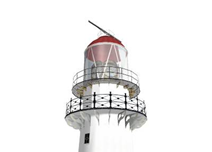













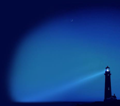





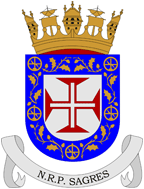

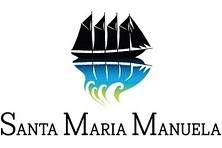
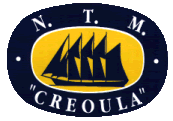









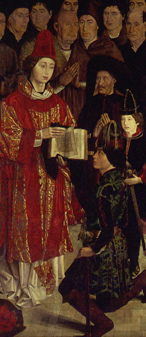
































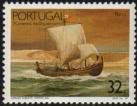
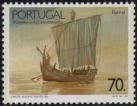
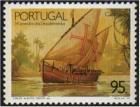
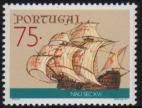
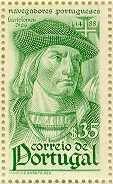






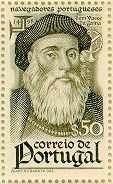

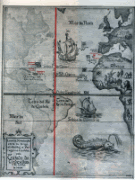



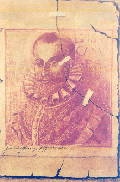

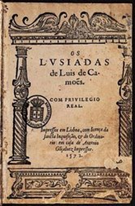

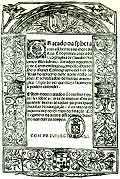
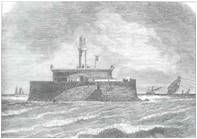











































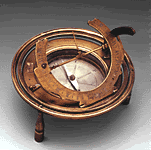
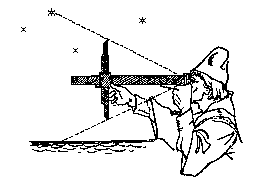







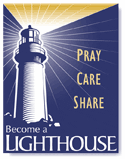
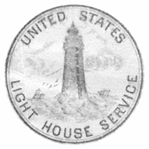

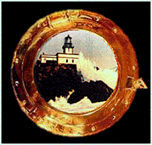


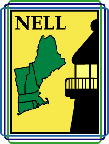


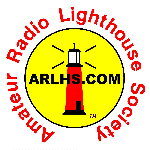


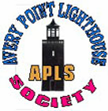




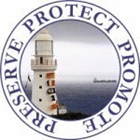





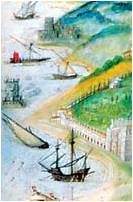

Sem comentários:
Enviar um comentário